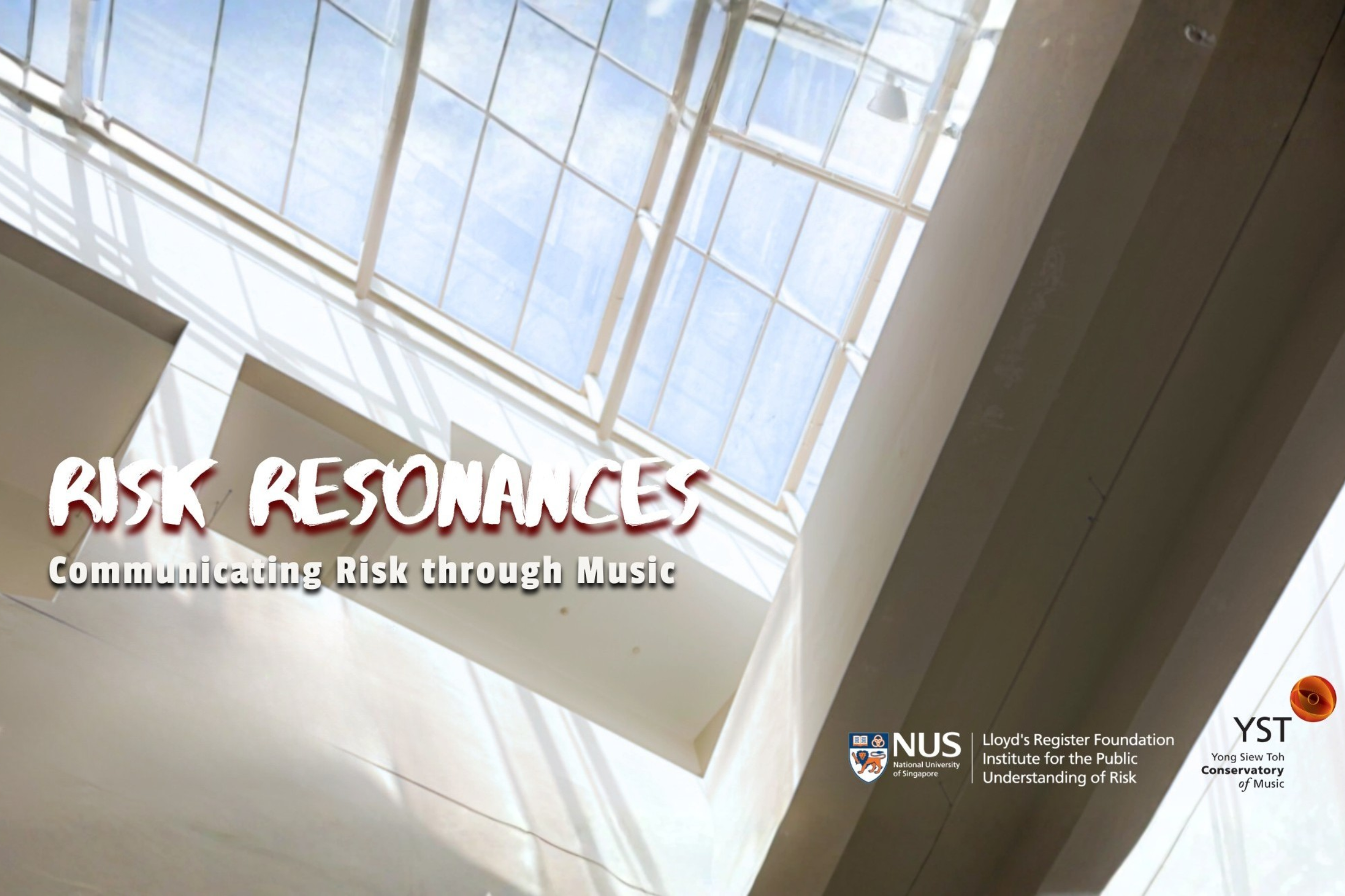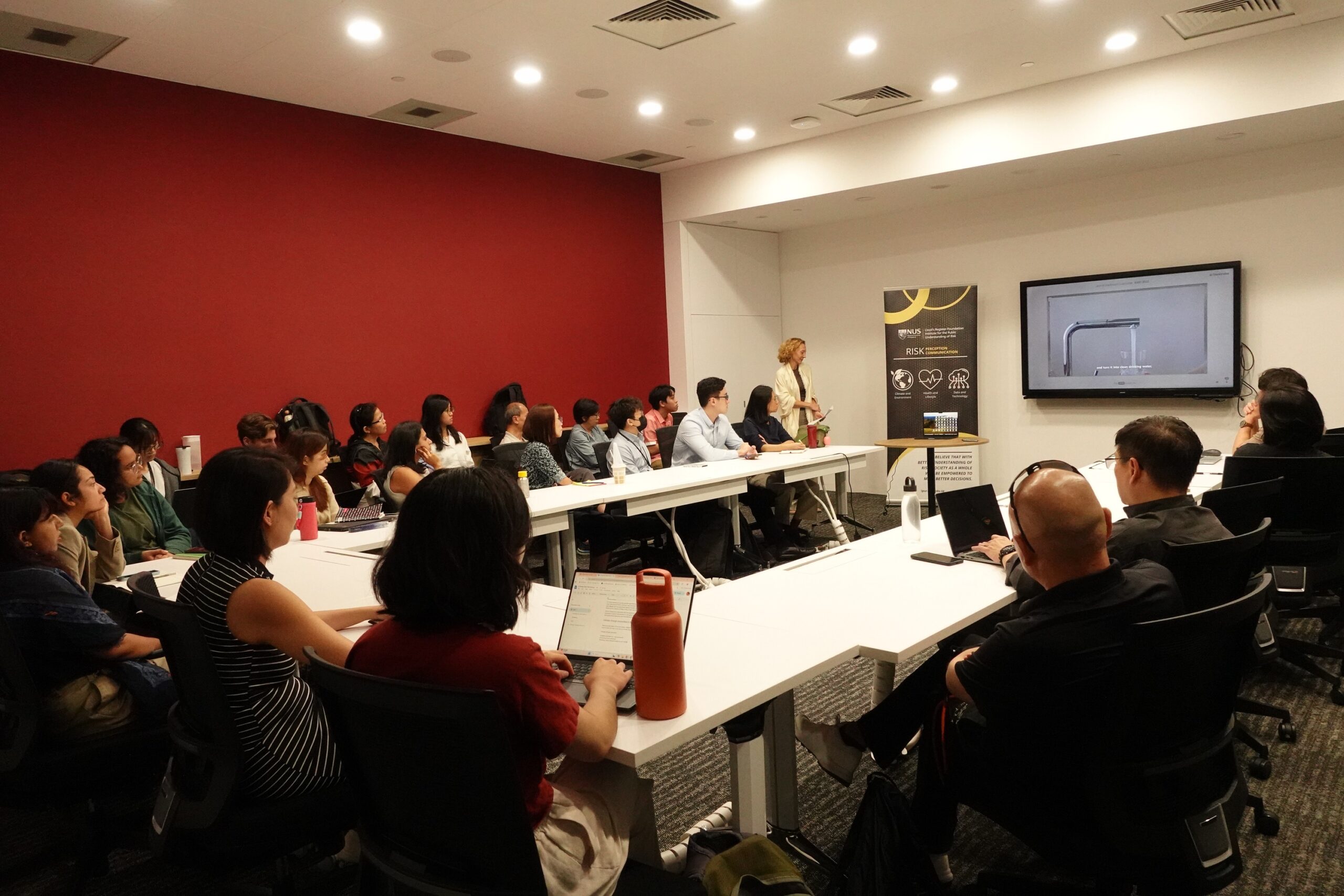As the war on climate change rages on, finding effective and practical ways to reduce our carbon footprint has never been more critical. There is an abundance of information available to digest regarding how to manage our carbon footprint.
I found that the “Getting to Net Zero” guide stood out as a valuable resource, due to its easily understandable information broken down and presented in practical and attainable steps.
Here are my top reasons why this guide has become my favourite go-to for managing my carbon footprint.

Comprehensive Tips on Transport
One of the standout features of the guide is its detailed advice on reducing transport emissions. The guide’s emphasis on the significant environmental benefits of using public transport over private cars is very insightful. For instance, taking the MRT instead of driving can substantially lower your carbon footprint. The guide also emphasises the value of carpooling and remote work. By sharing rides and working from home, individuals can cut commute-related emissions by significant margins.
I was able to significantly reduce using ride hailing services by waking up 10-15 minutes earlier every morning to be able to catch the train and reach my workplace on time. This low effort action not only reduces carbon emissions, but undoubtedly enhances my staff-appraisal form!
DID YOU KNOW? A 45 minute commute on the MRT generates 30kg of carbon emissions, which is a whopping 3.5 times less than commuting in a mid-sized car, which generates 107kg of carbon emissions, for the same commute period.
Practical Advice on Air Travel
The guide offers practical tips for reducing emissions from air travel. It suggests strategies such as opting for fewer but longer trips to minimise the frequency of flights, which are major carbon emitters due to take-off and landing processes. Additionally, it encourages flying economy class, which has a lower carbon footprint per passenger compared to business or first class.
I also appreciate the guide’s suggestion to use airlines that have strong environmental policies, as this helps inform smarter decision making when travel is necessary.
To travel enthusiasts, you don’t have to give up your ambitions. It’s about what you’re willing to compromise – You could travel twice annually instead of thrice annually, or consider travelling to a nearer country during your annual trips. It’s a win-win situation – you would be saving a lot of money, as well as the environment all at once!
DID YOU KNOW? A round trip to South Korea via an economy class flight from Singapore generates 1044.4kg of carbon emissions! This means that 43 or more trees are required to offset the carbon emissions.
DID YOU KNOW? Virgin Atlantic Airlines operates one of the cleanest twin-engine fleet, replacing its engine into more fuel that is more efficient, delivering a 20% reduction in fleet carbon emissions. Additionally, KLM Royal Dutch Airlines uses sustainable aviation fuel such as biofuel on commercial flights and has supported reforestation efforts in Panama, Uganda and Colombia.
Focus on Consumption and Waste
Consumer habits are a major focus of the guide. It provides valuable insights into how everyday choices, from the electronics we buy to the clothes we wear, affect our carbon emissions. The guide advocates for mindful consumption, such as repairing electronics instead of replacing them and buying fewer clothing items. By extending the life of our possessions and choosing sustainable options, we can reduce the carbon footprint associated with manufacturing and waste. The guide also highlights the importance of supporting brands that prioritise sustainability, which I think is a crucial step in driving broader industry changes.
For example, I’ve reduced the frequency of my fast fashion shopping by browsing the corresponding apps from daily, to twice a week. All I did was to rearrange the apps on my phone’s home screen, from the page where I display my typically used apps, to a page where I display my less frequently used apps. Since then, I’ve made more closet space for the outfits that are really worth my penny.
Dietary Changes for Lower Emissions
Food consumption patterns have a significant impact on carbon emissions and the guide offers clear advice on how to make greener dietary choices. It suggests reducing meat and dairy intake, which are high in carbon emissions. These dietary changes are not only good for the planet but can also promote better health.
All I did was reduce the number of meals I consume meat to once a day instead of two. On meals that I don’t consume meat, I have protein-rich fruits and vegetables such as broccoli and banana. I have had more cups of soymilk- based coffee in the morning and servings of tofu fries as afternoon snacks. Throughout the day, I feel more energised and less lethargic.
Supports Local and Sustainable Choices
The guide emphasises the importance of supporting local businesses and choosing sustainable products. By opting for locally sourced goods and services, we can reduce transportation emissions and support a circular economy. This not only helps the environment but also strengthens local communities and economies, creating a positive ripple effect. I feel that this aspect of the guide is particularly important because it shows how individual actions can have broader social and economic benefits.
Recently, I’ve started to go thrift and second-hand shopping locally and overseas. I’ve discovered that the existence of online thrift stores, which can be very convenient for the busy-bees. I’ve found that the clothes and accessories were just as trendy and in good condition, but for a fraction of the usual prices. I was able to shop for pieces that were good as new for $15-$20 off usual prices, which is seriously a steal if you ask me.
Energy Conservation Tips
Energy conservation at home is another critical area addressed in the guide. It offers practical advice on reducing utility use, such as using energy-efficient appliances and being mindful of electricity consumption. Before I sleep, I set my air-con to 25 degrees and also a timer for my air-con to switch off after two hours. If I do wake up in the middle of the night, I would turn the fan on instead, as the room is already cool from the air-con. This action has not only helped to save on my electricity bills, but genuinely helped to improve my skin complexion as well!
My carbon footprint 2.5 months ago (left) compared to now:




By taking the low-effort actions that I’ve mentioned, I was able to decrease my carbon footprint by an overall 63.4%. I was able to reduce my carbon emissions caused by transportation by 74%/month, and carbon emissions caused by holidays by 62%/month. If I can do it, so can you!
Ease of Implementation
What makes this guide particularly appealing is the ease with which its recommendations can be implemented. The tips are straightforward and fit seamlessly into daily routines. Whether it’s taking public transport, recycling, or making dietary changes, the guide demonstrates that reducing carbon emissions doesn’t have to be complicated or burdensome. I believe the simplicity of the steps outlined in the guide helps eliminate the intimidation factor often associated with going green.
At the end of the day, it’s what you’re willing to compromise. It’s possible to set individual carbon emission reduction goals that are realistically achievable. Then, select and prioritise the tips that you’re willing to implement – you can always modify, adapt and adjust the ways that you contribute to reducing your carbon footprint.
Empowering Individual Action
Perhaps the most empowering aspect of the guide is its emphasis on individual action. It shows that small, consistent efforts by individuals can collectively make a substantial impact on reducing overall carbon emissions. By following the guide’s advice, you can contribute to larger environmental goals and signal to governments and firms that there is public support for sustainable practices.
I’ve had a lot of fun discovering new and exciting ways to reduce my carbon footprint. You too, can discover simple and fun ways that you can contribute to carbon net zero!


